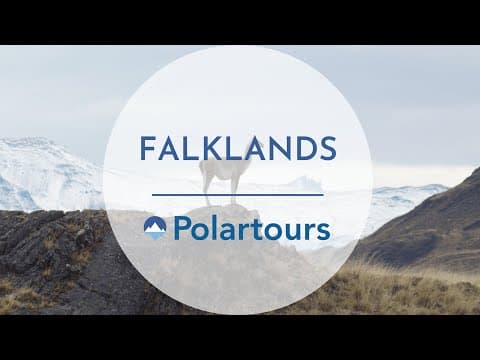Antarctica
Arctic
Artic
Info
Antarctica
Arctic
Artic
Info
%3Aformat(webp)%2Ftrip%2F10df93d6-3563-420d-b348-cdeef153e57a-antarctica_paradisebay_001_xts.jpg&w=1920&q=75)
Lying 300 miles off the Patagonian coast, and 750 miles from the Antarctic Peninsula, the Falkland Islands (also known as Islas Malvinas in Spanish) is a far-flung British overseas territory.
Consisting of two major islands and over 770 smaller islands and islets, they are home to a hardy resident population of about 3,400 islanders. With a chequered history of disputed sovereignty, the islands were uninhabited until the 1700s.
With an economy that was traditionally driven by whaling, then fishing and farming, the islands have more recently diversified into sustainable tourism. With an abundance of wildlife, particularly birds - including some species found nowhere else - the islanders have been restoring natural habitats previously lost to grazing, as well as farming in ways that are more environmentally friendly.
There are a variety of sites to visit where you can see endemic and migrant birds, as well as several colonies of penguins and seals. Whales and dolphins are frequently spotted in the Sound and off the shoreline around the islands.
You will also see the historic capital, Stanley, which visitors often remark reminds them of how England used to be 50 years or more ago…

%3Aformat(webp)%2Ftrip%2Fe287f906-0a67-448a-bf7f-f6be00bb4a5b-antarctica_southgeorgiaisland_kingpenguins_mountains_46_ss.jpg&w=1920&q=75)
%3Aformat(webp)%2Ftrip%2Ffa4f8a62-2687-4831-ac0d-77fc4c079417-antarctica_southgeorgiaisland_salisburyplain_kingpenguins_019_ae.jpg&w=1920&q=75)
%3Aformat(webp)%2Fuser%2Fe729e780-1fbe-4cc2-ad7c-faf67d440e2b-bruna-garcia.png&w=1920&q=75)
Your contact
Bruna
%3Aformat(webp)%2Fuser%2Fe729e780-1fbe-4cc2-ad7c-faf67d440e2b-bruna-garcia.png&w=1920&q=75)